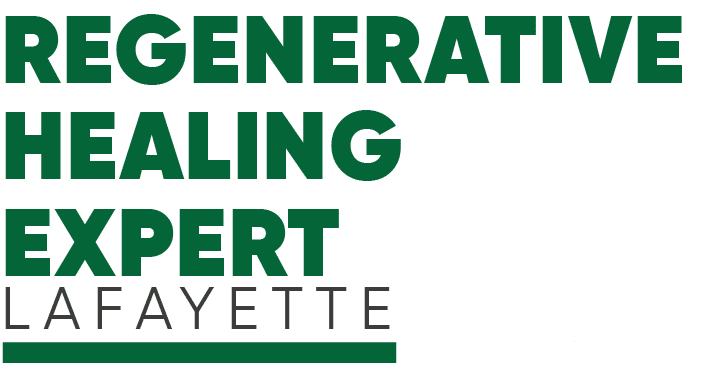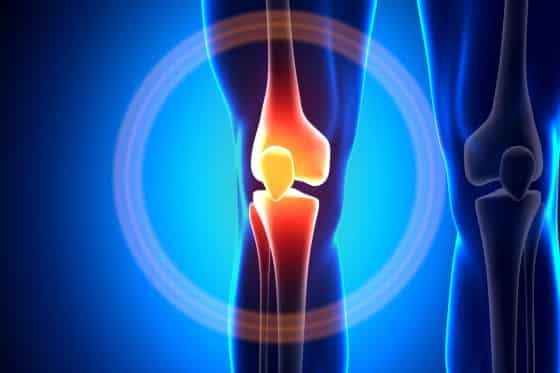In today’s fast-paced world, joint discomfort is more common than many people realize. Whether you’re an athlete, a weekend warrior, or someone who simply enjoys staying active, taking care of your joints is essential. This blog explores what joint healing really means, why it’s important, and how regenerative techniques are helping more people move with ease and confidence.
Joint Healing: What Does It Mean?
Joint healing refers to your body’s ability to repair and support the structures that keep you moving—like cartilage, ligaments, tendons, and joint capsules. Over time, these structures can experience wear and tear from activity, age, or stress. Supporting joint healing means giving your body the right inputs to naturally restore balance and strength.
Joint Healing Through Movement
Contrary to popular belief, resting too much can actually slow down joint healing. Safe, guided movement encourages circulation and keeps joints mobile. Low-impact activities like walking, swimming, or cycling can help improve joint function without adding strain.
Supporting joint healing through movement may:
- Improve mobility
- Reduce stiffness
- Strengthen supporting muscles
Every step you take with intention can reinforce your joint recovery.
Joint Healing with Regenerative Therapy
One of the most exciting frontiers in joint care is regenerative healing. These therapies aim to restore balance at a cellular level by encouraging your body’s own recovery systems.
Common regenerative options supporting joint healing include:
- PEMF therapy (Pulsed Electromagnetic Field)
- Dry needling and soft tissue work
- Targeted blood flow stimulation
By focusing on the root of discomfort rather than just the surface symptoms, regenerative healing offers a deeper, more holistic path to joint recovery.
Nutrition’s Role in Joint Healing
Good food fuels good function. Joint healing benefits from nutrient-rich foods that support tissue repair and reduce inflammation.
Key foods that help support joint healing:
- Omega-3 fatty acids (salmon, walnuts, flaxseeds)
- Antioxidant-rich fruits and vegetables (berries, leafy greens)
- Collagen and protein (bone broth, eggs, lean meats)
Don’t underestimate hydration either—it helps your cells perform at their best.
Mind-Body Approaches for Joint Healing
Your mental health influences your physical recovery. Stress increases tension and can interrupt healing. Mind-body techniques such as breathwork, mindfulness, and restorative movement can create the right internal environment for joint healing.
These practices help:
- Regulate the nervous system
- Promote relaxation
- Support circulation and tissue oxygenation
Small, consistent actions make a big difference over time.
Is Your Joint Healing Strategy Working?
Signs that your joint healing plan is progressing include:
- Increased range of motion
- Less stiffness, especially in the morning
- More confidence during daily movements
- A gradual reduction in discomfort during activities
Tracking your day-to-day experience can help determine if your recovery approach is on the right path.
When to Seek Professional Support for Joint Healing
If you’ve been dealing with persistent discomfort or loss of mobility, it might be time to get guidance. A professional assessment can help identify what’s affecting your joint function and how best to support recovery using regenerative strategies.
Lifestyle Tips That Support Joint Healing
Supporting joint healing goes beyond treatment. Everyday habits have a big impact:
- Maintain good posture when sitting or standing
- Warm up before activity and cool down afterward
- Use supportive footwear
- Avoid repetitive strain or overuse
- Don’t ignore early warning signs
A proactive approach helps you stay on top of your health.
Why Joint Healing Matters for a Full, Active Life
Joint healing helps people stay independent, mobile, and engaged in the activities they enjoy. Whether you’re returning to the golf course, chasing after your grandkids, or hitting your daily step goal, healthy joints make it all possible.
You don’t have to settle for “getting by” or relying on temporary fixes. A natural, regenerative approach can give you long-lasting progress.
Book Your Free Discovery Visit
Want to find out how regenerative strategies could support your joint healing goals?
At our clinic, we offer Free Discovery Visits to help you understand your options. You’ll get a chance to speak with a specialist, ask questions, and learn how our unique approach can fit your life and needs.
Call (337) 504-5144 or click here to book your Free Discovery Visit and take your next step toward better joint health.

